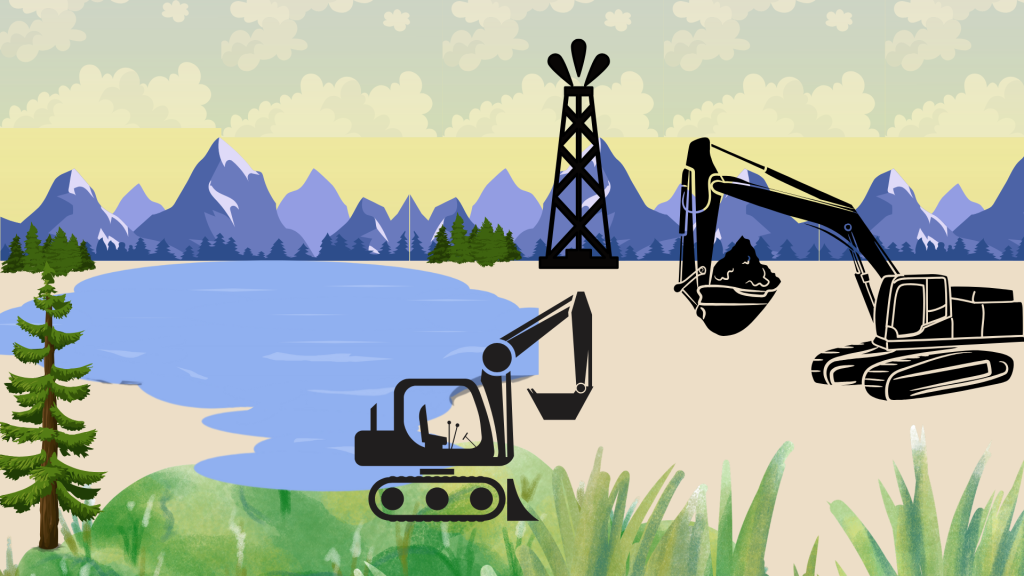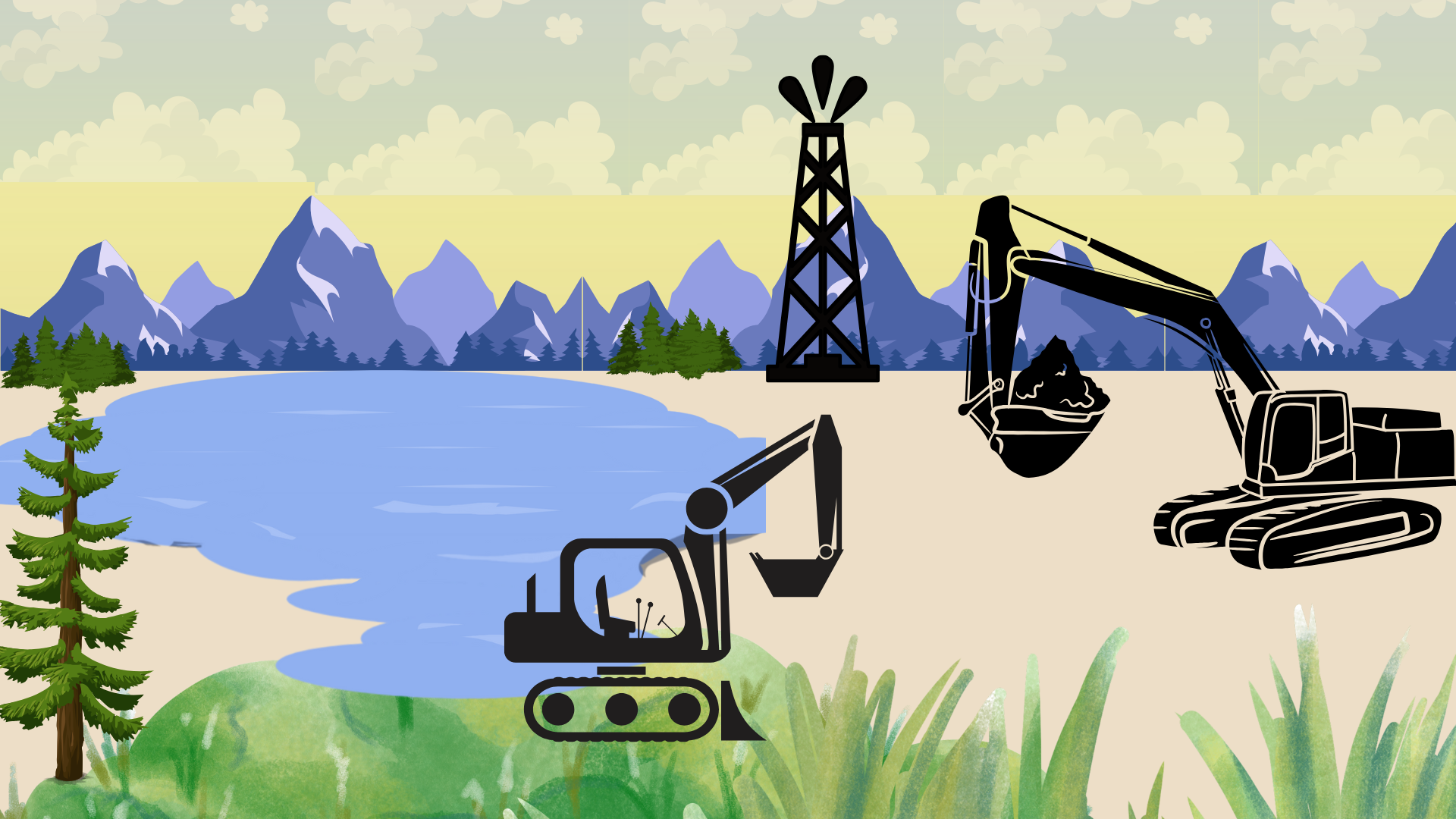
How did we get here?
America’s 32nd president, Franklin D. Roosevelt, declared in his fireside chat on December 29, 1940, “We must be the great arsenal of democracy.”
The transatlantic contours of Roosevelt’s accent suspend the word “We” in the air for a moment longer than the rest of the phrase.
These words, spoken nearly a year before the U.S. officially entered World War II, lit a fire under American manufacturing—a fire whose smoke obscured the economic despair of the previous decade. U.S. factories pivoted to mass-produce vehicles, airplanes, engines, and guns, fueling both the war effort and an industrial revival. By late 1945, American soldiers returned home, and the families they’d left behind—tiresome of wartime rationing—were eager to spend their savings.
Postwar consumerism looked radically different than anything Americans had known. Polyurethane, initially a petroleum byproduct primarily used for military equipment, became widely available in the civilian market due to the surplus production during the war. It showed up in furniture, Tupperware, car seats, even clothing. Fossil fuels—once merely transportation fuel—became the lifeblood of daily routines, embedded in our food systems, homes, and wardrobes. 80 years later, fossil fuels remain foundational to the industrialized human experience.
This is something well understood by Doug Burgum, the current Secretary of the Interior and Energy Czar under President Donald Trump.
Environmental Experience
Speaking at the 2024 Republican National Convention in Milwaukee, Burgum said, “The cost of energy is in everything we use or touch every day.” He continued, “Biden’s red tape has raised the price of gas in your car, the cost of food on your table, the clothes on your back—and it’s even raised your rent.”
Understanding Doug Burgum’s path to becoming Secretary of the Interior can only be done through a recollection of his past. After graduating with an undergraduate degree from North Dakota State University and an MBA from Stanford University, Burgum mortgaged inherited farmland in order to invest in Great Plains Software, a resource planning software, in 1983. After becoming the company’s president in 1984, Burgum took the company public in 1997 and eventually sold it to Microsoft for $1.1 billion dollars in 2001. In 2005, Burgum founded Kilbourne group, a real estate development firm, and, in 2008, he co-founded Arthur Ventures, a venture capital firm.
Burgum’s current position under the Trump administration as Secretary of the Interior and Energy Czar surrounds the management and conservation of federal lands, arguably the people’s lands. The management of all federal resources and agencies, such as the Bureau of Land Management, The United States Geological Survey, and the National Park service, all fall within Burgum’s scope of power. Additionally, overseeing relationships with Indigenous Americans and managing the Bureau of Indian Affairs are also Burgum’s responsibility with his newfound title.
For someone responsible for the management of America’s natural resources and landscapes, Doug Burgum has an overwhelming affiliation with Big Oil and Gas.
Harold Hamm, the founder of Continental Resources, a company that played a large role in North Dakota’s fracking surge, is a close friend of Burgum’s, with Burgum equating him to Theodore Roosevelt for his “grit, resilience, hard work, and determination” during his 2023 State of the State address.
Hamm is also reported to have donated $250,000 during the summer of 2023 to a super PAC in Burgum’s support.
Burgum brings an extensive résumé in business and enterprise management; however, any environmentally focused work appears notably absent from his long list of acquisitions and mergers.
Under the current administration, managing the nation’s natural resources—the landscapes that define “home” for countless Americans—and overseeing the agencies tasked with protecting environmental integrity and ensuring prosperity for future generations doesn’t seem to require much background in subjects like the environment!
Doug Burgum: Big Oil Czar
Burgum, the former governor of North Dakota, was confirmed as Secretary of the Interior on Jan. 30, 2025, after being nominated by Trump on Nov. 15, 2024. His confirmation passed in an 80–17 vote: 53 Republicans and 26 Democrats voted in favor; 16 Democrats voted against. No Republicans opposed.
Before his confirmation, Burgum served as governor of North Dakota from 2016 to 2024. In a 2016 campaign interview with Valley News Live, anchor Chris Berg, an NBC affiliate in eastern North Dakota, highlighted the state’s impressive rankings: #1 in happiness and well-being according to 2014 Gallup polls, the lowest unemployment rate in 2015, and the fastest population growth that same year. Berg contrasted this with less favorable rankings from 2004, noting North Dakota’s upward trajectory. When asked about his desire to “change the trajectory,” Burgum said, “I say this is good, but I’m used to great. I want to go from good to great.”
A fitting response from a man dubbed “America’s best entrepreneurial governor.”
Burgum’s tenure centered on energy and national security. He argued that becoming energy-dominant would strengthen local economies and bolster national security. During his time as governor, North Dakota saw a dramatic rise in oil production, reaching a record 524,473,633 barrels in 2019. However, since 2016—the year Burgum took office—the state’s Department of Mineral Resources has stopped publishing annual oil production reports, with the website citing, “Report no longer being created/updated by North Dakota Oil and Gas Division.”
Being governor of the country’s third largest oil producing state, Burgum’s relationship with fossil fuels is undeniable. In 2021, Burgum, who has been quoted referring to North Dakota as a “geologic jackpot,” was also found leasing his family’s farmland, over 200 acres, to Hamm’s Continental Resources for well drilling. Burgum’s time as governor also witnessed the support of a proposed pipeline, amassing $250 million in financial backing from Hamm, however any concerns regarding greenhouse gas emission and threats of global warming were shut down by Burgum’s unwavering belief in Carbon Capture Technology.
Doug Madoff Burgum: Is carbon capture technology a scam?
In 2021, Burgum advocated for North Dakota’s ability to reach a carbon neutral state by 2030—without a single mandate or restriction put in place to limit the extraction of natural resources. For many, especially those with backgrounds in Environmental Studies, this idea seems like fantasy at best and a scam at worst.
Carbon Capture Technology is the capturing of carbon dioxide emissions from industrial processes and storing them deep underground in geological formations.
A quick google search of the phrase, “Carbon Capture Technology” reveals a plethora of posts. The results situated at the top all feature small text boxes beneath them reading the word “sponsored.”
The sponsorships behind these posts about carbon capture technology are all conveniently provided by Big Oil and Gas companies, including Exxon and Saudi Aramco, Saudi Arabia’s largest oil producer.
According to the Institute for Energy Economics and Financial Analysis, “Underperforming carbon capture projects considerably outnumber successful projects globally, and by large margins.”
The article continues, “However, carbon capture technology is not new and is not a climate solution. CCS has been around for decades, mostly serving the oil industry through enhanced oil recovery.”
Utilizing Carbon Capture Technology without the addition of mandates and regulations to limit fossil fuel extraction is the equivalent to applying a band-aid to a bullet wound.
Addressing the realities of fossil fuel dependency and acknowledging its role as a foundation to our livelihoods is a hard pill to swallow. But ignoring the inevitable threat fossil fuel dependency poses to the health of our environment and the health of our people lets the pill grow larger and larger.
Sold! Democracy: to the highest bidder
Doug Burgum’s appointment as Secretary of the Interior is not a matter of bipartisan debate but rather one deeply intertwined with his longstanding ties to the fossil fuel industry—an affiliation that directly impacts every American and the landscapes we consider home. The fragile balance between economic prosperity and environmental preservation is shaped by a complex web of perspectives, yet, under the current administration, this balance is often presented as a dichotomy: a false “either/or” scenario. The narrative pushed forward suggests that sacrificing public lands is the only path to ensuring energy security and feeding the nation. However, this oversimplified view ignores the rich history behind our national parks and federal preserves, which were initially established as spaces free from the exploitation of resources.
Reversing this promise would not only signify the dissolution of a representative democracy but would abolish national accountability for the landscapes that make this nation uniquely ours. It would undermine every aspect of personal freedoms that have become synonymous with what it means to be American, threatening the fundamental rights that define us—not just as individuals but as a people united by the preservation of our shared natural heritage.
The opinions on this page do not necessarily reflect those of The Sandspur or Rollins College. Have any additional tips or opinions? Send us your response. We want to hear your voice.







Comments are closed.